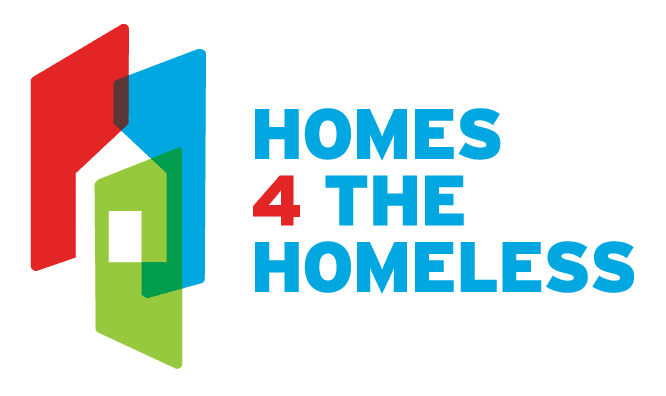
Coronavirus is the new reality for our world, and it didn’t take long for us to realize that modular housing could provide a ready-made solution for those under quarantine, just as they can provide low-cost transitional housing for those experiencing homelessness.
As a newfound nonprofit charity with big plans on helping alleviate homelessness, the coronavirus pandemic is definitely affecting our development. But chronic homelessness is going nowhere fast, and with the viral outbreak and the expected economic recession, it’s liable to get a lot worse. At a recent meeting of our volunteers, it was suggested that we look into leveraging our relationships in modular housing to assist communities by providing an important tool in preventing the spread of contagion.
Containment pods, containment housing or biosafe habitats, no matter what we call them, these modules would be able to provide a safe, comfortable place for those infected with covid19 or other contagion to wait out their quarantine. The unit can be easily outfitted with all the equipment and furnishings of a hospital, and could help alleviate the shortage of hospital space, saving beds for those in need of intensive care while giving known carriers and healthier patients a private space to recover in isolation.
Our concept would provide all the equipment to help contain the spread of viral infection outside the module. The units could easily be outfitted with a negative pressure system like those found in certain hospital facilities designed to contain airborne contaminants within the room. Harmful airborne pathogens include bacteria, viruses, fungi, yeasts, molds, pollens, gases, VOC’s (volatile organic compounds), small particles and chemicals are all part of a larger list of airborne pathogens you can find in a hospital. Systems can be designed to achieve 99.99% HEPA (“High Efficiency Particulate Air”) efficiency to prevent the spread of infection.
The interior and exterior would be furnished using non-porous materials, stainless steel and laminate surfaces that would be easily disinfected and reused for multiple patients. Thus, furniture, chairs, beds and cabinets would have the ability to be cleansed with antimicrobial agents, alcohol, bleach, ammonia and hydrogen peroxide based cleaners to help disinfect surfaces.
The idea of Homes 4 the Homeless started as an idea to give those who lost their homes in the California wildfires temporary emergency shelter. Later we expanded our vision to encompass an alternative housing strategy to provide a temporary, or transitional shelter for chronic homelessness. Even the latest strategies to combat homelessness, like the “housing first” model, seem appropriate as recovery and supportive services for homelessness still require some form of shelter. So, why can’t this same idea be applied to the disastrous pandemic that has engulfed our world? Please share this with health care workers and policy makers looking for ideas to fight this unprecedented emergency. And thank you for any feedback.
